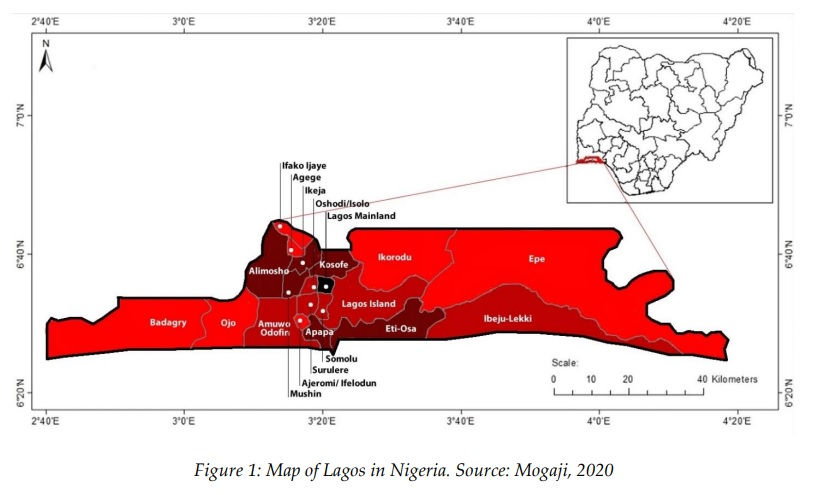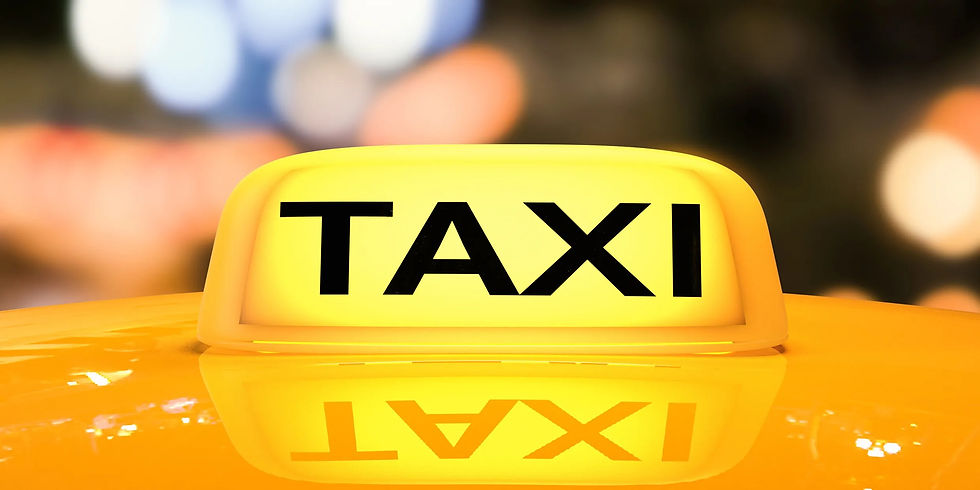Badagry Corridor
- sisandasocials
- Oct 22, 2023
- 2 min read
Updated: Nov 10, 2023

Land use and transportation are intertwined by nature, different levels of intensity on taxi routes impact the type of development occurring along the routes (Mitchell and Rapkin, 1954). Intensity on taxi routes results in corridors due to efficient connections between two nodes and routes between the two nodes become of significance.
Lagos, Nigeria, a sprawling metropolis with a dynamic and ever-evolving transportation landscape, faces a unique challenge in balancing its urban transport system's formal and informal aspects. The study by Oduwaye, Alade, and Adekunle (2011) sheds light on the complex relationship between land use allocation, traffic patterns, and informal transportation along the Lagos-Badagry corridor. Informal taxi routes often serve as catalysts for the emergence of commercial hubs along their paths. Businesses naturally gravitate towards these routes as they connect densely populated areas, leading to increased economic activity. This, in turn, drives land allocation for commercial purposes, transforming previously residential or undeveloped areas (Douglas et al, 2003).
Lagos-Badagry Corridor has seen a shift and changes along its residential landscape. Areas along this route have become attractive for housing, increasing property values and residential development. People prefer living in proximity to these routes because it is easy to commute to work. The corridor has also indirectly driven the development of infrastructure like roads and utilities in areas around the corridor. The government has responded to the growing significance of the corridor, and they have prioritized improving and formalizing these routes, thereby enhancing the overall urban environment (Akindeju, 2021).
Akiyode's dissertation, "Spaces of the Informal Economy: Reimagining Street Trading Through Accessibility Distribution Analyses in Lagos," explores the intricate web of relationships between informal economic activities and the city's formal transportation systems. The informal taxi routes have a newfound role of integrating the formal and informal economies of Lagos and the greater global south, taxi routes create corridors of greater economic significance and they impact the type of development occurring along them.
References
Kuzmyak, J.R., Pratt, R.H., Douglas, G.B. and Spielberg, F., 2003. Land use and site design-traveler response to transportation system changes.
Mitchell, R.B. and Rapkin, C., 1954. Urban traffic: A function of land use. Columbia University Press.
Obiefuna, J.N., Okolie, C.J., Atagbaza, A.O., Nwilo, P.C. and Akindeju, F.O., 2021. Spatio-temporal land cover dynamics and emerging landscape patterns in western part of Lagos State, Nigeria. Environmental & Socio-economic Studies, 9(3), pp.53-69.
Oduwaye, L., Alade, W. and Adekunle, S., 2011. Land use and traffic pattern along Lagos–badagry corridor. Lagos, Nigeria.



Where is the reference for Akiyode's dissertation in the list?